Nasa recreated Mars on top of a volcano and isolated 6 people there for 8 months. I was one of them
Six researchers lived in total isolation inside a small dome to assess the psychological impact of a Mars mission.
In September 2017, after living in total isolation high up on the barren slopes of the world's largest volcano in Hawaii, six researchers emerged gingerly from the small dome structure they had called home for the best part of a year, bringing to an end an intriguing experiment designed to simulate conditions on a Martian colony.
A welcome party consisting of family, friends and members of the press watched on as the crew stepped out, feeling fresh air on their faces for the first time in eight months.
Over the past months, a host of projects that involve putting humans on Mars have been announced. The goal was the main talking point of this year's International Astronautics Conference in Adelaide where Elon Musk, for one, outlined his company SpaceX's ambitious plans to reach the planet by the 2020s and to subsequently set up a colony there.
Furthermore, Russia and the US have agreed to cooperate on a Nasa-led project to build the first lunar space station as part of the space agency's long-term goal of sending humans to Mars by the 2030s.
But how would the very first human settlers cope with the unique psychological challenges that a future mission to the Red Planet would present?
To shed light on this question, Nasa, in collaboration with the University of Hawaii, is funding a series of studies at the Hawaii Space Exploration Analog and Simulation – also known as HI-SEAS – an analogue Mars habitat situated more than 8,000 feet above sea level, below the summit of the Mauna Loa volcano.
The latest mission - HI-SEAS V – placed six researchers, who had never met, inside a geodesic dome for eight months to assess their ability to live and work together. The dome's location was chosen for its barren, rocky landscape which bears many similarities to the Martian surface.
IBTimes UK spoke to Brian Ramos, one of the researchers, about his experiences in the dome.
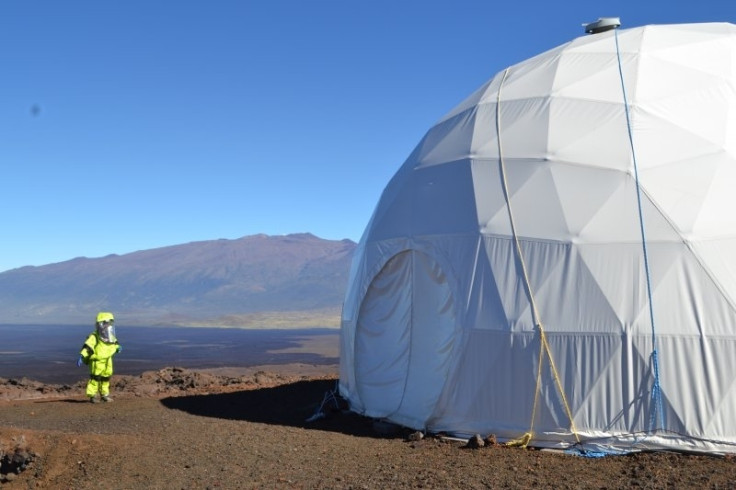
"HI-seas in general is looking at challenges that future astronaut crews will face on Mars," he said. "It's specifically a psychological experiment, so they're looking at things like crew cohesion, and how you build a team that works really well together."
The team were assigned daily tasks designed to measure communication and collaboration and were asked to complete daily surveys evaluating their personal feelings. They were also given special sensors to wear which gauged their moods.
These devices measured voice levels and proximity to other people, and could even detect whether crew members were avoiding one another or being confrontational. Furthermore, mission control monitored stress levels throughout the experiment. This kind of information is particularly important for Nasa to collect because stress-related problems can have serious impacts on astronauts' performance, safety and well-being in operational environments.
To ensure the Mars simulation was as realistic as possible, the team had to maintain the habitat's life support systems and were also given research projects related to their specific roles. This took up most of the crew's time, alongside the daily routines of cooking, cleaning and the required 90 minutes of exercise - the minimum amount you would need to stop your bones and muscles completely deteriorating during an extended stay in the Red Planet's low-gravity environment.
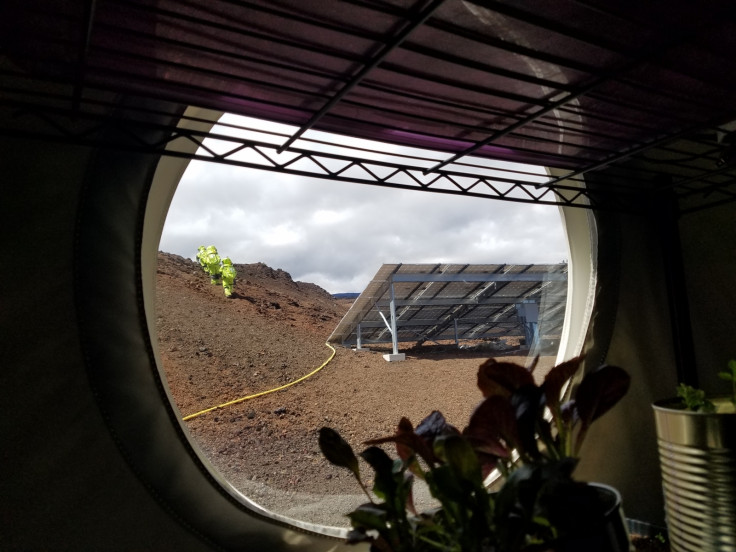
For Brian, an aspiring astronaut with a background in electrical and biomedical engineering, the HI-SEAS V mission presented a unique opportunity to boost his professional experience.
"Many of us that go into this mission want to be astronauts one day or fly in space in some capacity. It's one thing to say OK I can handle myself very well in a situation like this being in isolation or working with a very small team, but it's another thing to go ahead and actually try. So, I really wanted to see what I was made of in one of these different situations."
"I was lucky enough to work on some habitat systems at Nasa early on in my career and so I had a professional interest in being out in the crew side and seeing what things are actual necessities, and what things can you not have in a habitat and still live and work well together. How much personal space do you need versus workspace, and how do you use the tools available to create multipurpose spaces."
The dome itself is small - containing about 1,000 square feet of usable space – and has just two windows. Inside is a dining room which doubles as a living room, a workspace, a small lab, a plant-growing area and "pie-shaped rooms divided into little slices with just enough room for a bed".
The whole operation is powered by batteries which are charged using solar panels, with the help of backup systems, if required, in the form of hydrogen fuel cells and a propane generator.
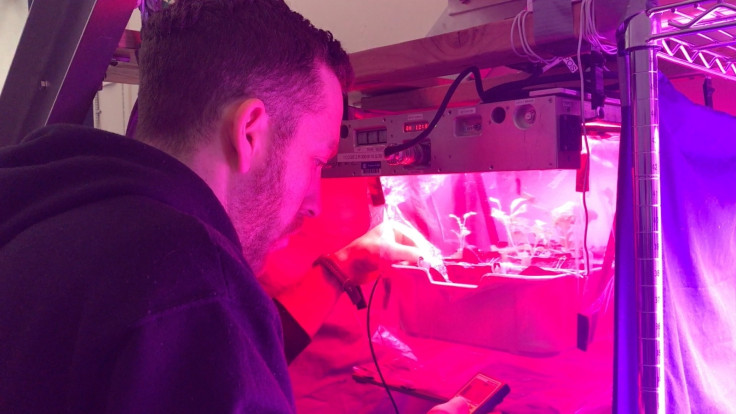
Crew members were only allowed outside the dome in space suits, and these excursions would only happen a couple of times a week when the team conducted geological surveys and mapping studies of the surrounding lava fields.
"They're not high fidelity space suits, but the important part because it's a psychological study is that they shield us from feeling any outside stimuli, or letting smells in, or feeling the wind, things like that. There was a process to [going outside], so we were able to request our own times to go but that's something you had to plan at least a day ahead by submitting a request to mission support."
In addition to the challenges of simply going outside, meal times presented their own difficulties for the crew.
Food in the kitchen was limited to things that could be taken on a Mars mission – meaning everything was freeze dried, dehydrated or shelf-stable for at least a couple of years. And the crew had to plan several months ahead of time to let mission control know what to bring during scheduled resupplies every two months. These were dropped off away from the dome and were picked up by the crew on their excursions.
The team did grow a little of their own food using a plant growing system called Veggie - which is used by astronauts on the International Space Station - something Brian thinks was beneficial for morale.
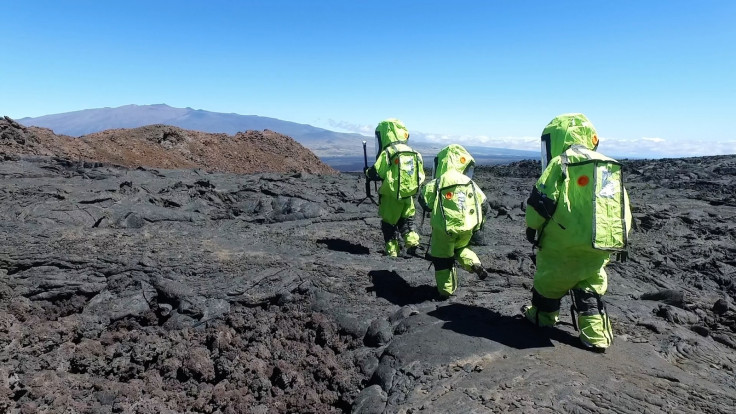
"There's a psychological benefit to growing your own food in a space mission. I mean when you're out there for eight months, you're four months into the mission and all of a sudden you get the taste of real tomato that you've grown there, it's something you get excited about."
"One of our crew members Laura would have a string bean and cut it into six little pieces and give one to each crew member. There's something about that that really ties you to Earth. It's one of the few times you see green, and just having fresh produce after only eating dehydrated food was really pleasant."
Each crew member had different responsibilities for the duration of the mission. Based on his previous expertise, Brian was was in charge of monitoring the health and performance of the crew, for example. Freelance researcher James Bevington was the mission commander; Laura Lark, the mission IT specialist, was responsible for managing the habitat's computer and communications systems; engineering officer Ansley Barnard looked after the energy systems, among other things; Joshua Ehrlich was the mission biology specialist, whose tasks included growing plants with the Veggie system; and Samuel Payler was the mission science officer.
A gruelling schedule meant the crew usually only had a couple of hours of free time per day after dinner, which they usually spent watching movies or playing board games, seeing as internet access was severely limited. All communications were subject to a simulated 20-minute delay, mimicking the amount of time it would take for information to reach Earth from Mars.
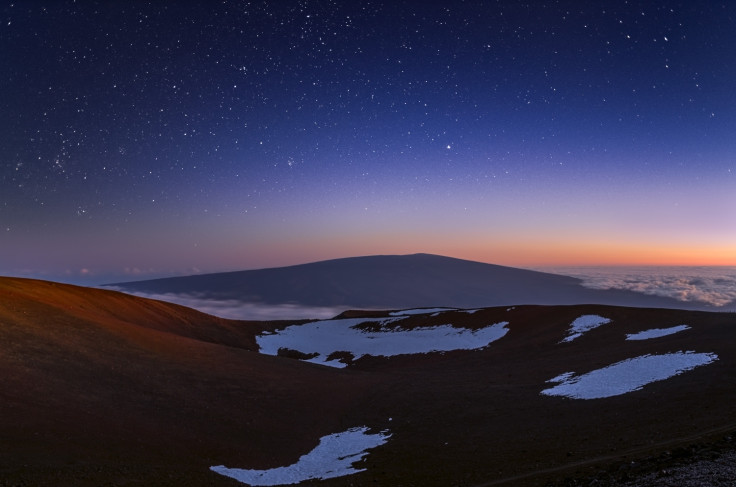
"This means no Facebook, no Google or Skype or anything like that. We could send emails basically but its 40 minutes before you get any information back if you ask a question."
While this would be unimaginable for some, Brian personally felt this aspect of the mission was a blessing in disguise.
"It's quite liberating to have no constant social media, and ads, and news articles, and all this other information you don't necessarily need to know. It was nice to be pulled away from that, you get to step out of the world for a little while."
"And we could get news if we wanted - mission support would upload articles or headlines from newspapers. But for the most part I personally avoided it just because it was a unique experience and I wanted to take advantage of that."
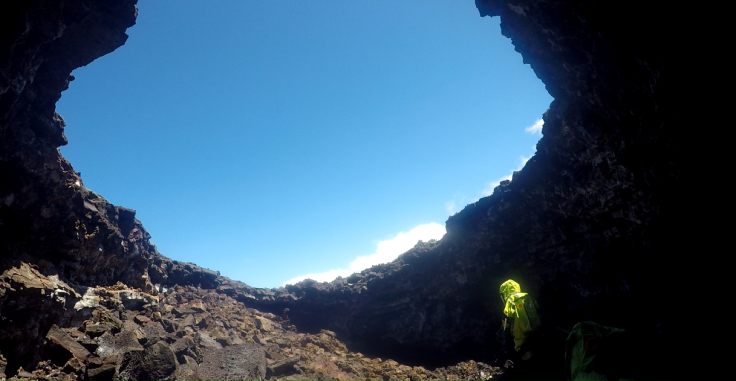
Being in a confined space with five other people for such a long period certainly posed challenges for the researchers, but the team worked through their issues by being open with each other, Brian says.
"When you have six people thrown into a dome, you're going to have some conflicts, you're going to have some disagreements. The interesting thing is that, in life you know how to conduct yourself in a professional environment, and you know how to conduct yourself in a personal environment, but in the dome it's all the same thing."
"The person you go to work with in the morning is the same person you're cooking dinner for in the afternoon and watching a movie with at night and seeing the next day at breakfast. So it's an interesting thing to navigate, you have to start becoming more cognizant of everything you say and every aspect of your life."
"For us, it was very important to have the ability to compartmentalise things so if you're out on the lava fields next to a big pit that goes 40 feet into the ground then it's probably not the time to talk about whether we should use the blue sponges on the counter. You have to put that aside, get your work done and then talk about it. And that's something that our crew did really well."
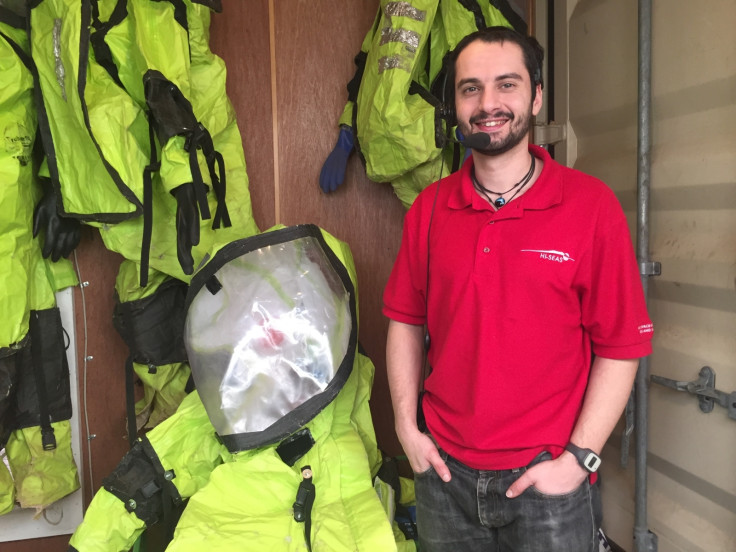
After a hectic last few days trying to complete mission tasks and personal projects, the crew's time in the dome drew to its conclusion. At the final breakfast together, there were group hugs and speeches all round in anticipation of the moment they had all been waiting for.
As they prepared to leave, the first sounds of the outside world for eight months came into earshot as the welcome party arrived.
"We heard the first car roll up and I think that's the thing that really hit me that we were leaving - hearing tires on the gravel and a car door slam... there was something really shocking about that I think."
"We walked out from only seeing five other individuals for the last eight months to a sea of cameras and people, so it was an overwhelming thing. One of our crew members was very stoic about it all but then he walked out to the table of food that they had laid out for us and he saw an Egg McMuffin and I thought he was going to burst into tears."
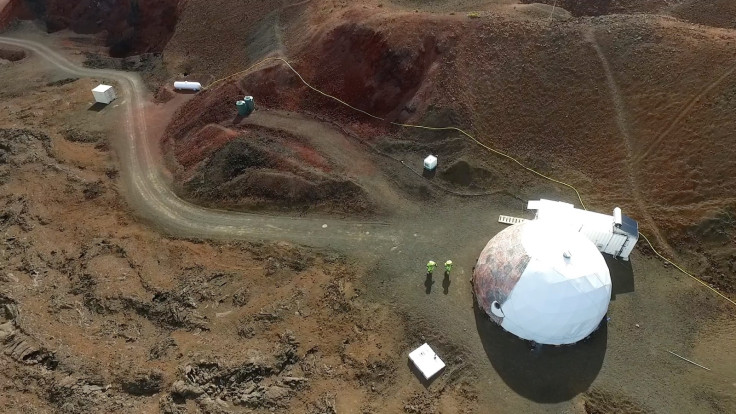
Unfortunately, while they were in the dome, five of the crew members - including Brian - found out they had not made it through to the next round of Nasa's astronaut training programme for 2017 - only 14 people will be successful out of more than 18,000 applicants. However, he still dreams of becoming an astronaut one day and is now contemplating the next steps in his career.
"I was in the middle of the job search and having interviews when I got the news that I had been officially selected [for HI-SEAS]. It made it that much more real. I had to decide if I should continue moving towards a typical 9-5, or jump into something that's pretty much as far away from that scenario as possible. I chose HI-SEAS, and have no regrets. It's been one of the most positive experiences of my life."
In the near future, Nasa researchers will pore over all the data gathered from crew surveys, testimonials and body sensors to try and gain a better understanding of how best to select individuals and teams that will be able to cope with the stress and isolation of a Mars mission.
And what of Brian's fellow crew mates; did eight months in extremely close quarters result in genuine friendships?
"I became very close with my crewmates. In fact, we have all been chatting over WhatsApp already catching up on plans. Several have met up on the island in Hawaii. With some crew members, I started filming and science projects that will continue for some time, ensuring that we interact in the years to come."
© Copyright IBTimes 2025. All rights reserved.





















